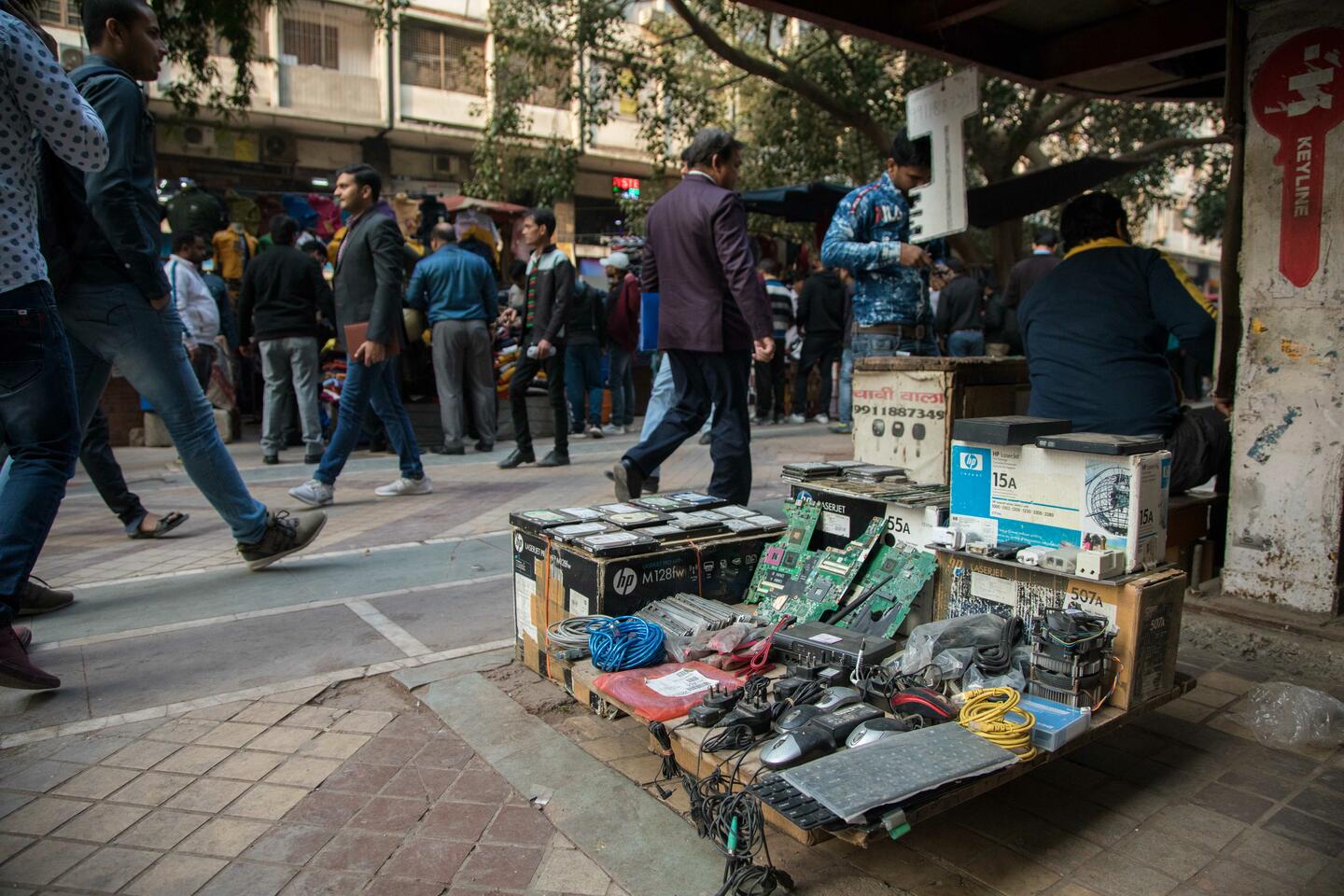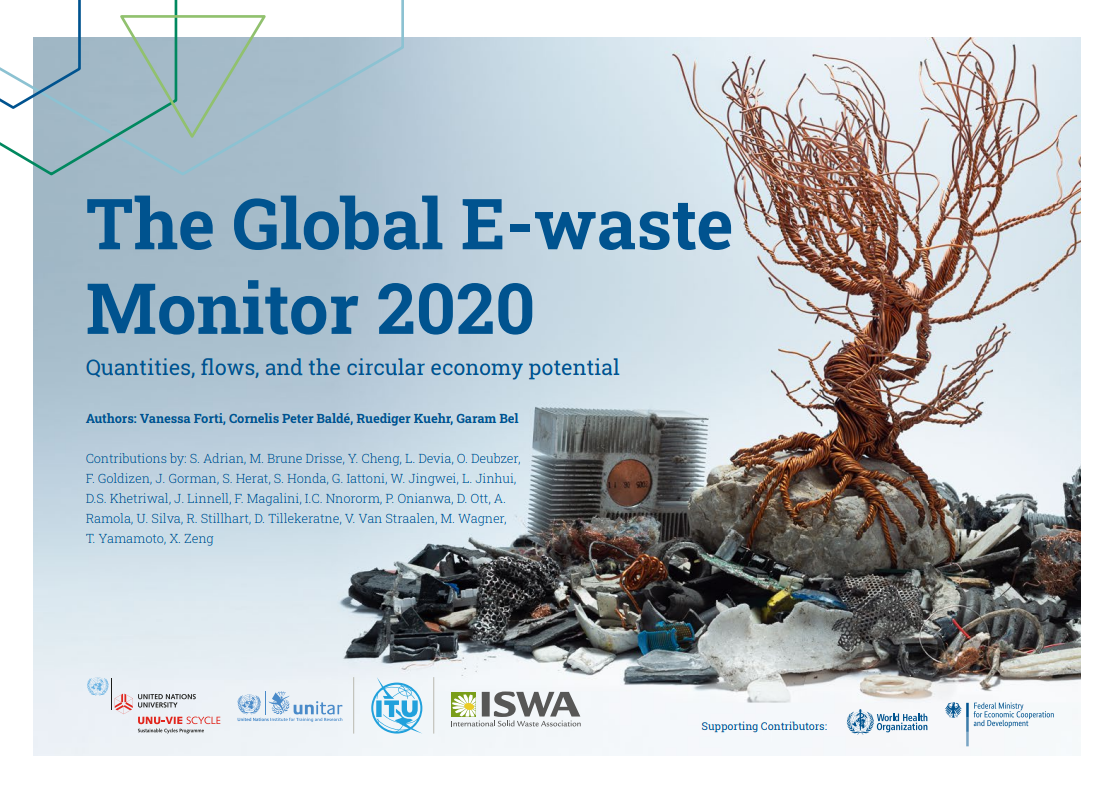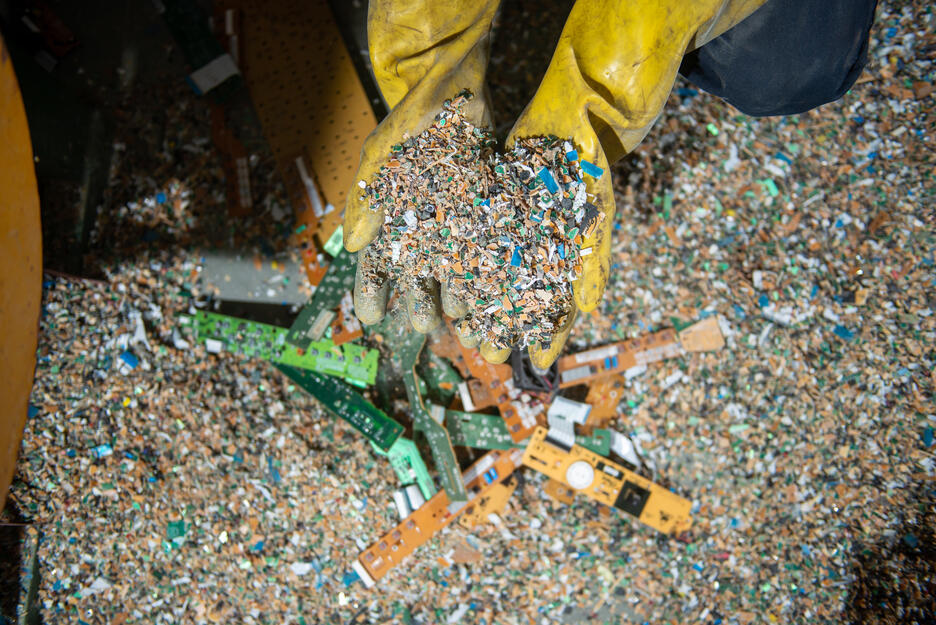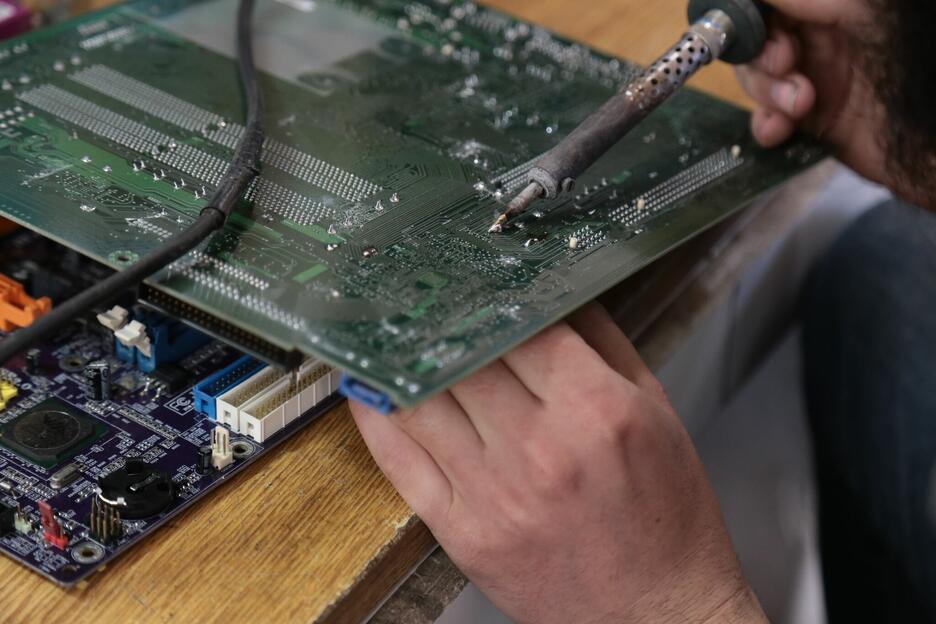
Overcoming the e-waste challenge
As the world becomes increasingly connected, it produces more and more electronic equipment. ITU sets out to engage national governments, industry partners, and other stakeholders in tackling the global e-waste challenge.
Electronic waste flows – especially from televisions, computers, mobile phones, and the growing array of digital technologies – also keep increasing.
Waste electrical or electronic equipment essentially refers to anything that runs on a plug or battery and ends up discarded without any intent of reuse.
Expanding amounts of such “e-waste” have created one of the world’s fastest growing and most complex waste streams.
The International Telecommunication Union (ITU) – in parallel with its mission to connect the world and help people everywhere communicate – aims to harness the benefits of digital transformation to ensure a sustainable future for all. Therefore, ITU has set out to engage national governments, industry partners, and other stakeholders to tackle the global e-waste challenge.

ITU’s membership of countries, companies, institutes and civil society organizations has agreed on ambitious targets to increase the global e-waste recycling rate to 30% and ensure that at least half of countries worldwide have adopted e-waste legislation by 2023. The upcoming ITU Plenipotentiary Conference in 2022 could look at ways to ramp up concrete action.
Out of some 53.6 million tonnes of e-waste generated in 2019, only 17.4% was officially registered for collection and recycling, according to the latest Global E-waste Monitor from the Global E-waste Statistics Partnership, which includes ITU and the United Nations Institute for Training and Research as founding partners. The partnership is currently supporting six East African countries in harmonizing regional e-waste data collection to develop a regional databank.
ITU highlights policy and regulatory solutions, develops e-waste standards, and helps countries start moving towards a circular economy for electronics. This includes providing free e-learning on e-waste policy development. Current initiatives support preparing national e-waste management policies in Bahrain, Burundi, the Dominican Republic, Malawi, Mauritania and Namibia, with plans to expand to other countries in 2022, together with the United Nations Environment Programme.
Through technical assistance at the national level, ITU brings together the public and private sectors to discuss the e-waste challenge with a focus on promoting extended producer responsibility, whereby all producers (such as importers, manufactures, distributors and sub-assemblers) of electrical and electronic equipment should cover the subsequent costs of e-waste management, including collection, recycling and raising awareness. In many countries, such producers include small businesses.
The ITU toolkit Policy Practices for E-waste Management, includes examples from African countries and highlights key recommendations.
Each country needs to understand its own waste management system, e-waste generation rates and recycling capabilities, and must work with all stakeholders across the value chain to build a robust e-waste management system based on extended producer responsibility.
Digital technologies could strengthen e-waste management and help to enable a circular electronics value chain, including solutions such as artificial intelligence, digital certification, and end-to-end tracking via smartphone apps to trace e-waste flows and improve its management.
ITU, the International Trade Centre and other UN agencies conduct advocacy work, share knowledge and carry out joint activities and projects through the E-waste Coalition, an initiative of ten UN organizations to improve collaboration in the area of e-waste management.






